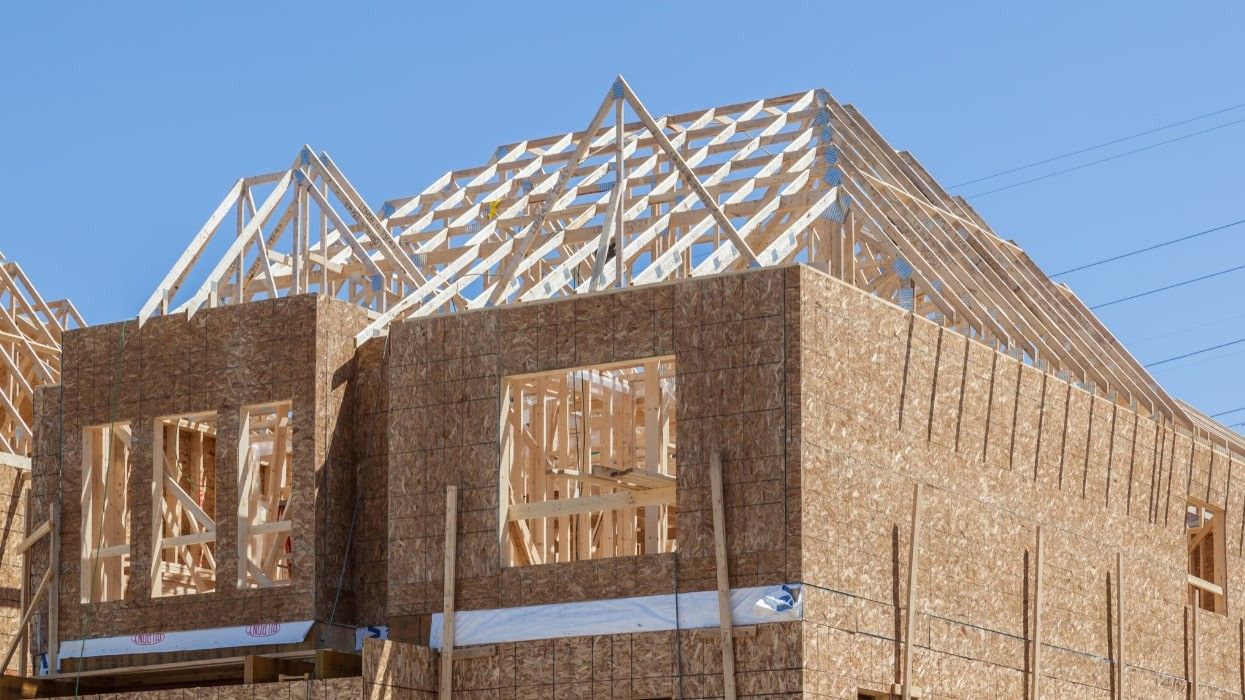The federal government is reviving a post-war housing initiative to help address Canada’s worsening supply crisis.
On Tuesday, Housing Minister Sean Fraser announced plans to launch a housing design catalogue initiative, with consultations set to begin in early January.
The Canada Mortgage and Housing Corporation ran such an initiative from the 1950s to the 1970s, when the country faced a housing supply shortage in the aftermath of World War II.
The modern-day initiative will standardize housing designs, starting with low-rise construction, in an effort to speed up the building process. There is also the potential for a design catalogue that would support higher density construction, including mid-rise buildings, and different forms of construction, such as modular and pre-fabricated homes.
The federal government will also explore ways to support municipalities, provinces, and territories that wish to create their own housing design catalogues.
"In order to build more homes faster, we need to change how we build homes in Canada. We are going to take the idea of a housing catalogue which we used the last time Canada faced a housing crisis, and bring it into the 21st century," Fraser said.
"This is going to help accelerate future developments, and tap into new and innovative construction methods that will make a real difference in building communities across Canada."
In addition to various orders of government, the consultations will include input from the private sector, housing experts, and industry stakeholders.
In August, a collective of housing industry leaders released the the National Housing Accord, which called for the reintroduction of the CMHC’s pre-approved design catalogue, noting that it would speed up the approvals process and stimulate innovation in the homebuilding sector.
Following Fraser’s announcement, Dr. Mike Moffatt, one of the accord’s authors and Senior Director of Policy and Innovation at the Smart Prosperity Institute, said the initiative "has the potential to be massively beneficial," if the government is bold about its implementation.
“Housing construction, from the actual building to financing to insurance to approvals, is ridiculously labour-intensive because *everything* is bespoke. Every project is a unicorn. But it doesn't have to be this way,” Moffatt wrote on X.
"A pre-approved catalogue of housing designs can allow building types to get (some forms) of approval once, and then not have to go through the same red tape when built again in another geography. The whole process is streamlined."
He noted that the benefits of a design catalogue would go beyond the approvals process, potentially cutting down on labour inputs, increasing productivity, boosting innovation, and increasing homes’ energy efficiency.
In order for the initiative to be "transformative," Moffatt said the feds must implement it in a way that ensures the designs are as labour-efficient as possible, incorporates new labour-efficient technologies, goes beyond single-detached homes, and is "bold" on energy efficiency and climate resiliency.





















